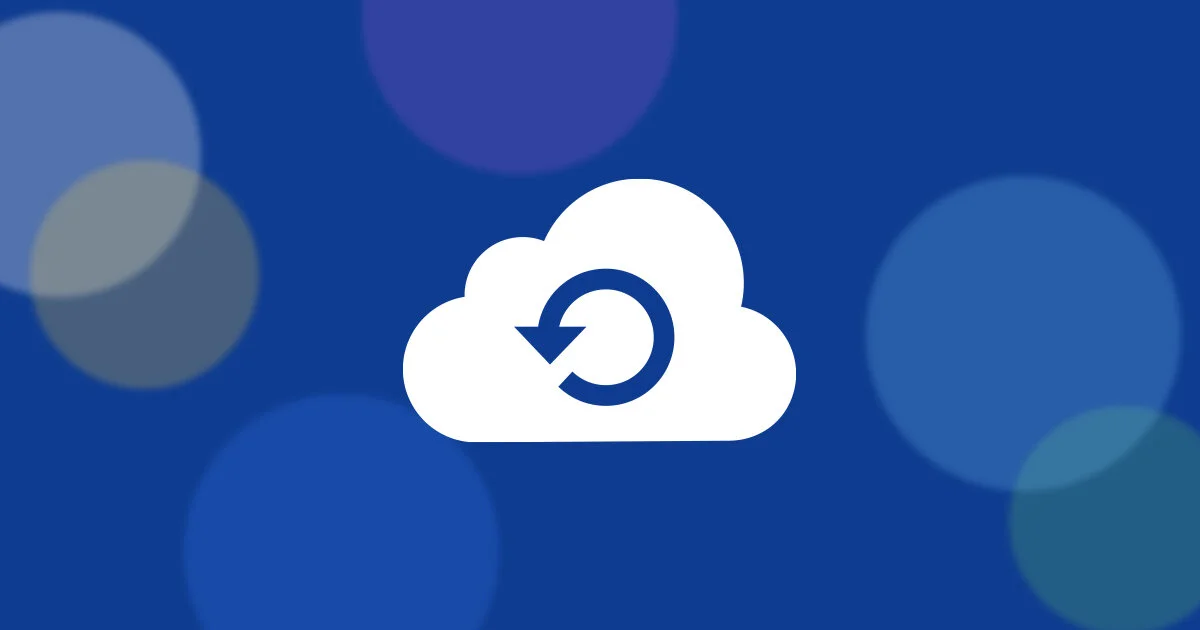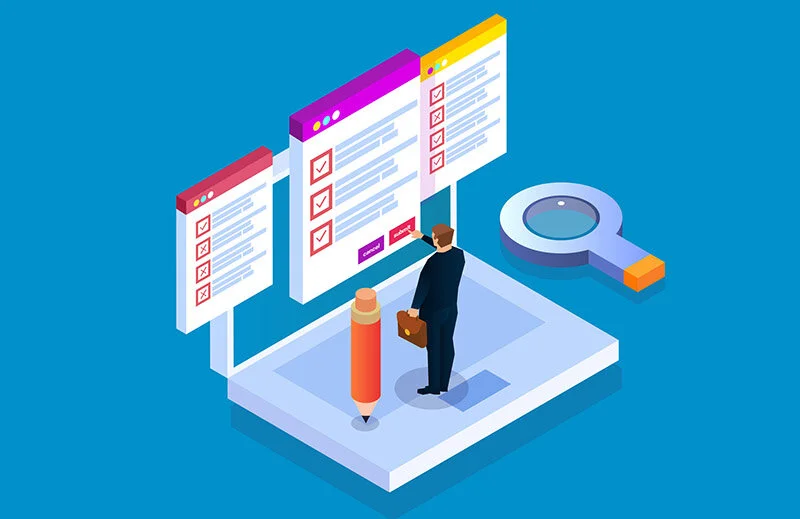You've picked out the new building, you've told all your employees and clients, and now it's time for the fun part — actually moving offices! This process involves a lot of moving parts, but with thorough preparation and the right partners, you can make sure your IT office move goes smoothly, protecting your technology, your data, and your time.
Read More“SOC” refers to System and Organization Controls. This is a valuable framework for assessing your organization’s data security. Being SOC 2 compliant shows that your business has a high standard for information security (and you have a certification to prove it!) This rigorous audit is performed by a third-party and covers many different aspects of data security, from access controls to disaster recovery plans — important measures, considering 97% of data breaches are preventable with basic tools!
Read MoreSimply put, GxP is an abbreviation for “good practices.” Certain manufacturers, like food and drug producers, should follow these “good practices” to be GxP compliant. GxP compliance guidelines cover topics like laboratory, manufacturing, research, distribution, and clinical practices and can vary widely from organization to organization.
Read MoreManually adding, removing, and modifying employee access can be a productivity-killer, especially for businesses like yours that are growing quickly. With user account provisioning procedures, your organization can improve its productivity, security, and team satisfaction. Implementing a user provisioning and deprovisioning process can be a game-changer for startups and small businesses.
Read MoreThe laws of the universe dictate that your laptop will only crash at the precise moment when you’ve finished a document you’ve worked on for weeks but only have saved to your desktop. Most of us have felt this panic and know that pretty much any kind of data we generate is too important to lose. This is why the value of backups cannot be overstated.
Read MoreYour business is growing. With every new client you acquire and every sale you make, you move closer and closer to your goals — but you also have more data to manage. Like so many businesses today, you've made the switch to cloud-based computing to save storage space and boost your organization's efficiency. While all of this growth energizes your entire staff, don't get caught up in the moment just yet. Updated technology brings new threats — is your business prepared to meet its new enemies so you don't become the next victim of a cyberattack?
Read MoreWhether your employees are using a personal laptop or a company-owned device, workstations are an invaluable and inevitable part of nearly every business operation. But if they aren't secured properly, they can be a huge vulnerability for your company. Developing a robust, comprehensive approach to workstation security is critical, so we've put together a checklist to help. Here are the top five essential components of securing workstations, including desktops, laptops, and tablets.
Read MoreWhat would you do if you got a Slack from your CEO saying their computer was stolen? How would you protect the information on that device? Even companies that have every cybersecurity solution in place to protect information from technology-based threats won’t be safe when it comes to physical security. That's why it's essential to secure your systems with tools that keep your data safe in the event of physical threats. With encryption, you can secure your devices by protecting your hard drive from anyone trying to access it without authority.
Read More"Data breach" is one of those terms you see in the news when an organization's data has been compromised. But, what does it actually mean? Finding out that your personal information was found in a data breach can be terrifying (it doesn’t need to be), uninteresting (it shouldn't be), or confusing (hopefully it won't be by the time you finish reading this). Plenty of services these days will alert you about your email address turning up in a database of stolen data but it’s important to understand what this means and what to do about it to protect yourself and/or your business.
Read More








